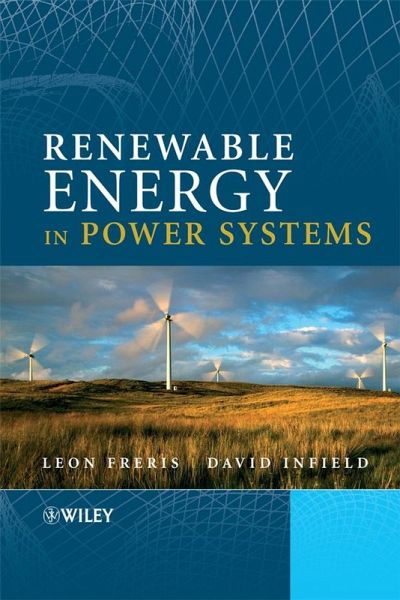Conventional Sources Of Energy Pdf
- Difference Between Conventional And Nonconventional Sources Of Energy Pdf
- Non Conventional Sources Of Energy Ppt
- Non Conventional Sources Of Energy Pdf
Unit-i pgdem-05 conventional sources of energy prof. Anubha kaushik structure 1.0 objectives 1.1 introduction 1.2 conventional energy 1.2.1 energy demands and supply 1.2.2 energy resources of india 1.2.2.1 coal 1.2.2.2 oil and natural gas 1.2.2.3 nuclear power 1.2.3 energy scenario of india 1.3 summary 1.4 key words. Non-conventional sources of Energy. Sources: Flipkart.com. Natural resources like wind, tides, solar, biomass, etc generate energy which is known as “Non-conventional resources“. These are pollution free and hence we can use these to produce a clean form of energy without any wastage. Why do we need non-conventional energy resources?

Alternative energy has received more attention in the national and international media as the pollution from fossil fuels becomes more apparent. Global warming and declining air quality are two effects of society's dependence on fossil fuels. By introducing alternative energy sources into your own daily life, you can help save the environment and reduce your use of the decreasingly affordable petroleum-based fuels.
Potential
Relegated to rural areas and nature nuts in the past, alternative energy is now a growing option for homeowners and businesses who want to be eco-friendly and save money at the same time. Options for alternative energy include wind power, water power, plant power, solar power, and the less eco-friendly nuclear power. Using alternative energy can prevent pollution from fossil fuels and save money on heating and electric bills. Advancing technology in extracting energy from renewable resources continues to develop to make alternative energy more compact and more efficient to collect.
Harnessing the Wind
Wind power is an inexpensive option for collection alternative electric power. Wind power works by collecting the energy from the wind with a rotor that turns and powers a generator. The electricity is then stored or used to power machinery, lighting, and even homes. Wind power is convenient even if you don't have much land, but is not recommended for city areas where nearby buildings will block most of the wind.
Wading Hydropower
Hydropower is a powerful option for climates with a running water source. Hydropower is collected in one of a few ways. One way to collect hydropower is to heat water into steam and use the steam to power a generator. Another way to collect hydropower is to use a water wheel to collect the kinetic energy in a running river or stream. An emerging technology may allow hydropower to be collected from the movement of water in pipes in a municipal water source. Developing hydropower machines that collect the energy from running pipes offers a more compact hydropower option for city areas with little running water.
Biopower: Grass
Difference Between Conventional And Nonconventional Sources Of Energy Pdf
According to the U.S. Department of Energy, grasses offer a glimmer of hope in the search for a cheap, renewable energy source. Switchgrass has received media attention for its popularity among former oil businesspeople who wish to look to a cleaner, greener energy future. Switchgrass is a fast-growing grass that burns at a high temperature, supplying a large degree of heat energy. Energy scientists hope that technological developments in 'gassification' will allow switchgrass to be converted into fuels previously derived only from fossil fuels such as gasoline and diesel fuel. Apple mac pro 6 1.
Non Conventional Sources Of Energy Ppt
Trees: Shady and Renewable
Non Conventional Sources Of Energy Pdf
You may not think of trees as an alternate source of energy, but used responsibly, you can use trees to produce electricity that is cleaner and more environmentally responsible than fossil fuels. According to the U.S. Department of Energy, like switchgrass, you can burn trees to produce heat energy. You can use wood pellets to power heat stoves, and they can heat steam, which can be converted to electricity. If forests are replanted properly, wood will be available for lumber and fuel for generations.